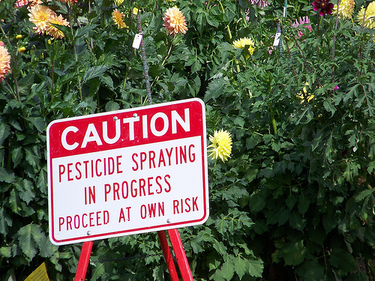Making a home safer does not mean spending hundreds or even thousands on new gadgets. Many of the most common hazards within a home require nothing more than a few minor changes to daily or even weekly habits. Here are five of the easiest steps that can be taken to make a home safer for the entire family.
1. Checking Older Homes
Modern homes must adhere to strict building codes, but many older homes may have lingering safety issues that must be addressed. One of the most important things to test is the paint in older homes, some of which may contain lead and require a professional to remove and repaint. It is also important to check for radon levels with simple disposable kits that can be purchased at hardware stores.
2. Know the Neighbors
One of the simplest steps to make a home and the entire neighborhood safer is to become acquainted with neighbors. This includes exchanging numbers so that a friendly call can be made when any suspicious activity is taking place on the property.
3. A Home Automation System
Home security and automation systems come in a variety of price ranges and can be an excellent way to make a home safer as well as more efficient. Base products will allow the family to check on locks and lights while advanced models can carry out everything from turning off appliances to remote surveillance. One company that offers security systems in Vancouver, Astro Guard Alarms, suggests that having a monitored alarm system installed in your home can actually qualify you for a discount on your home insurance rates. The amount of the discount provided will depend upon your specific insurance provider.
4. Avoid Pesticides
Completely keeping pesticides away from one’s home and their property is not always going to be practical, but avoiding an infestation in the first place is a much safer practice. Children and pets are especially susceptible to the side effects of pesticide and it is much more effective to clean dishes, clean out trash cans regularly, and take a second look at chemical-free alternatives.
5. Filtered Tap Water
Many bottled water companies are not held to the same standards as tap water which is regulated by the EPA throughout the entire country. Homeowners can go online to check the level of contaminants in their own water and see exactly where their drinking water comes from. If the levels are relatively low, filtered tap water may have far less pollutants and contaminants than bottled water.
Minor accidents and injuries are sure to take place at some point in the house, but a few preventative steps could help to reduce the chances of any serious injuries, theft, or ongoing medical issues.
Earnest Parenting: help for parents who want to make their home safer.


